

Max Davies
2026 Toyota HiAce review
2 Hours Ago
The hard-hitting DBX707 is the most complete luxury SUV today and one that delivers the whole gamut of performance and luxury.
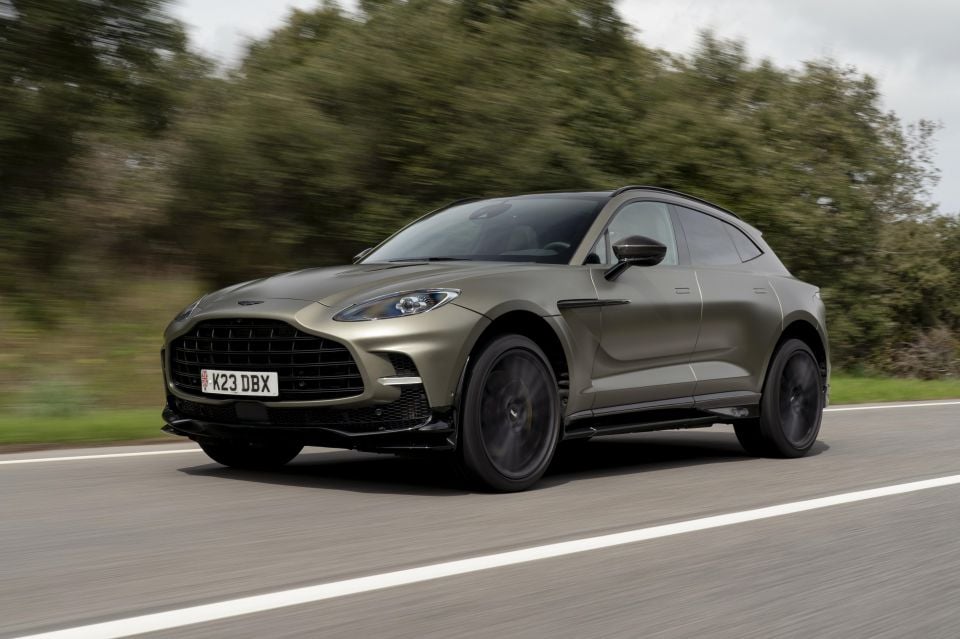


Quickly see how this car stacks up against its competition. Select any benchmark to see more details.
Where expert car reviews meet expert car buying – CarExpert gives you trusted advice, personalised service and real savings on your next new car.
I really am loathe to be the one to proclaim this about the new Aston Martin DBX707 (not the only one, I hope), but this is the car that DBX probably should have been from the very outset of its lifecycle.
It’s not that the regular DBX was half-baked or in any way ill-conceived, it’s just that outright pace out of the blocks simply didn’t measure up against any of its ultra-luxury SUV rivals, and thus, couldn’t offer the kind of top-line bragging rights commensurate with such a conspicuous accolade.
Overall, though, DBX delivered on its promise of bespoke luxury, fine materials and an extremely well-sorted chassis that was made obvious to anyone who got the chance to punt it in a spirited fashion on some choice twisty terrain, including this tester.
Any other grievances I might have had were solely limited to ride compliance during certain conditions. It could be a little sharp at times even in its least aggressive GT mode.
Fast forward almost 12 months and it almost feels like a 007 movie scenario where Bond himself received the keys to his stealthy SUV less than a year ago for a proper field evaluation, after which he’s promptly sent the car back to Q alongside a list of mandatory modifications, including a shed load more grunt, soft-close doors and enough dynamic upgrades for a full-on assault of the cliff-top twisties on the island of Sardinia with such ferocity as to put the villains well and truly in the DBX’s rear-view mirror.

With the arrival of the new Aston Martin DBX707 or at least final prototypes that’s precisely what Q-Division has delivered – in Aston Martin F1 Racing Green 2022, unsurprisingly.
And let’s be quite clear, this isn’t just a matter of boosting the power and torque, rather, it’s a complete and utter rethink and re-boot of each and every dynamic system that has transformed this tailored, upper-class bruiser into the fastest and most powerful luxury SUV on the planet.
It’s all by design, too, claims the team behind the beast in Savile Row threads. Indeed, the front page of the press kit confirms the company’s aspirations for its ramped-up DBX from its very inception:
“Fastest. Most powerful. Best handling. Three accolades for the which the DBX707 was conceived to claim.”
Not by blindly chasing benchmarks, it adds, but on its own terms ensuring: “World-beating power and pace matched by exceptional precision, dynamic flair and genuine engagement for an addictive and uniquely impressive driving experience. A sabre in a segment of sledgehammers”.
That line at the end is the one I like most, because it’s pretty much bang on the money in every respect, despite what might seem like typical PR fluff to some.
If you thought the regular DBX was a tad too elegant for its own good, even for an Aston Martin, that’s not something that’s ever going to cross your mind with its high-potency 707 sibling.
Take the grille – satin-chromed, double-vaned and unmistakably Aston Martin, but larger by 27 per cent, making it the largest opening ever used on an Aston Martin.
The front bumper is all-new, too, and adds double-stacked front coolers to the outboard of the car, which allows for a whopping 80 per cent more airflow to cool the massive amount of energy the DBX707 produces.
Few will notice the relatively concealed corner spatsthat look more like narrow winglets which helps wash the air off the sides of the bumper and around the wheel and tyre housing. They also draw out the cooling air from both the radiators and braking systems as well as reducing drag down the side of the car, too.
Clearly, function is married to form in a perfect mix here, but it’s all about cooling solutions and enough aero to induce high-speed stability for the luxury high-rider. Even the side sills have been heavily reworked and again, with winglets at the rear to direct air around the back of the car to help lower the wheel arch pressure.
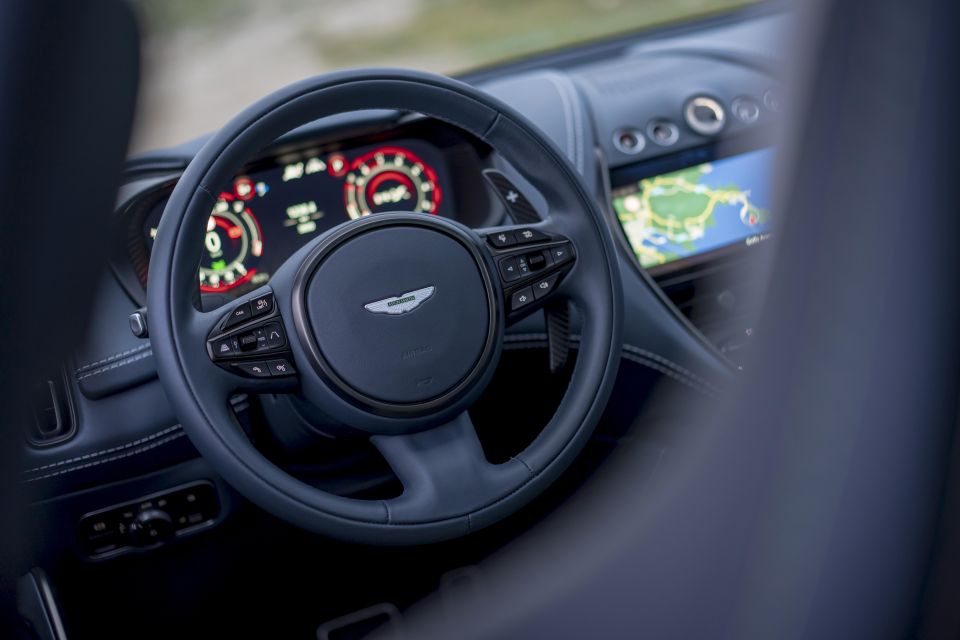
The end result of these aero enhancements is a 5.0 per cent reduction of lift up front and matched at the rear using a new rear spoiler and diffuser. It means the DBX707 is totally aerodynamically neutral for predictable handling behaviour at any speed, which is unique for an SUV given their hefty proportions.
Visually, it looks to sit lower than the regular DBX, thanks again to the meticulous aero solutions, when in fact, ride height is the same in the default GT mode, but in Sport and Sport+ it lowers another 5mm.
Interestingly, the standard wheel size is 22-inches, but even on the optional (and bespoke) Pirelli 23’s with a lower profile, they look perfectly normal under DBX707’s wheel arches.
It doesn’t matter where you care to look, inside or out, the team behind this vehicle has transformed the DBX into something quite extraordinary, with a comprehensive suite of meticulous engineering solutions covering the engine, transmission, suspension and brakes.
After more than 300 kilometres of driving the most challenging roads loaded with enough high-speed corner work to bring this tester to a bad case of motion sickness; I’m of the opinion the DBX707 is without doubt the new benchmark in the luxury SUV segment.
Its ability to get off the line in the style of a supercar, be driven at big speeds while remaining rock-solid and to carve up endless corners with uncanny ease and comfort puts it at the top of its game and unrivalled in the segment.

Commanding a price premium of $71,888 over the standard Aston Martin DBX, the DBX707 is priced from $428,400 before on-road costs.
Granted, it’s a bit more than a bump and well above almost all its competitors, but I’d argue the comprehensive list of improvements and increased performance of DBX707 across every major control, more than justifies the asking price.
Flagship models from rival carmakers include the Bentley Bentayga Speed priced from $514,200, Lamborghini Urus ($391,968), Maserati Levante Trofeo ($336,990) and Porsche Cayenne Turbo GT Coupe priced at $336,100.
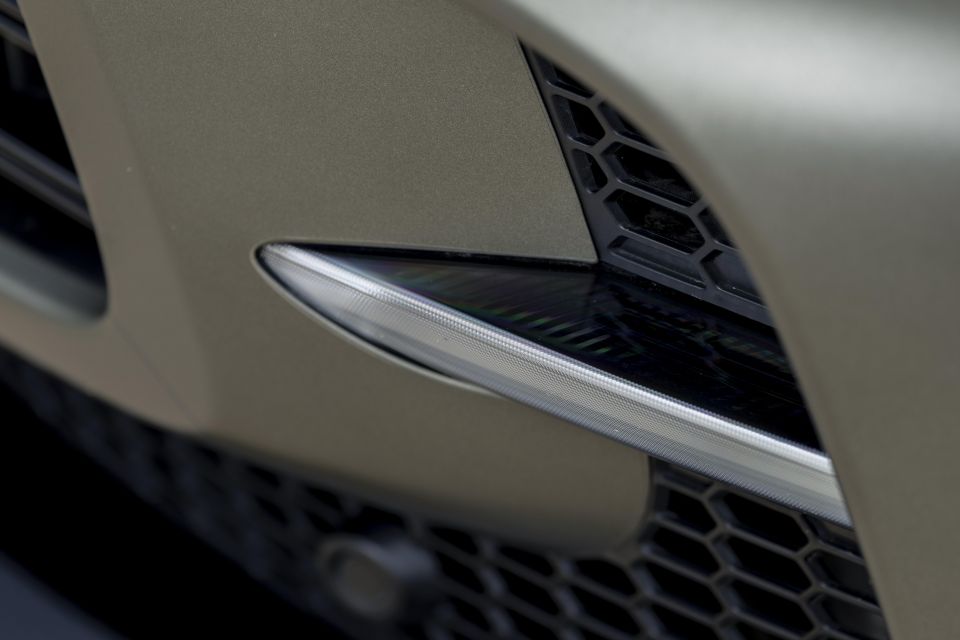
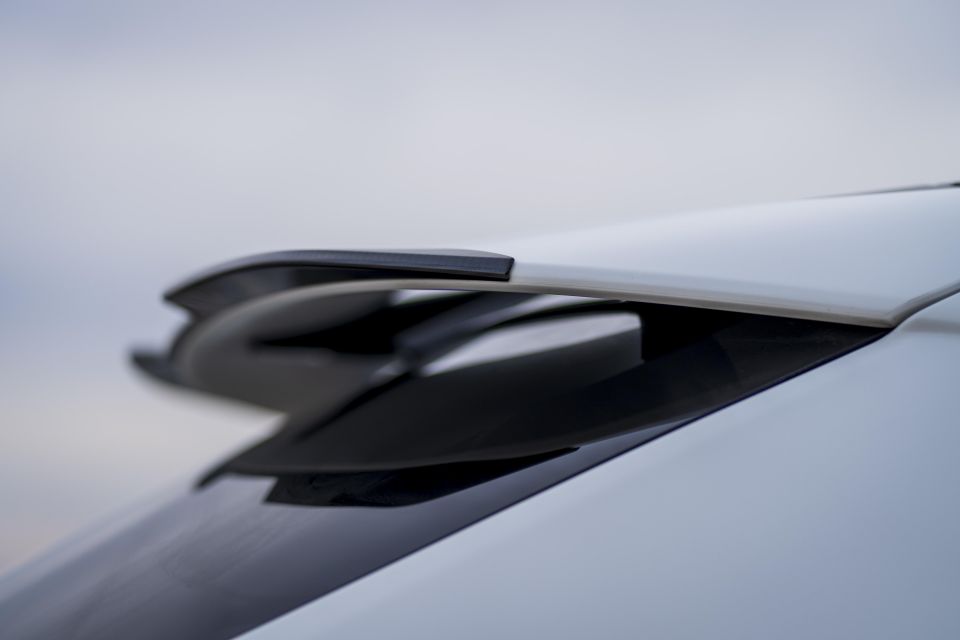
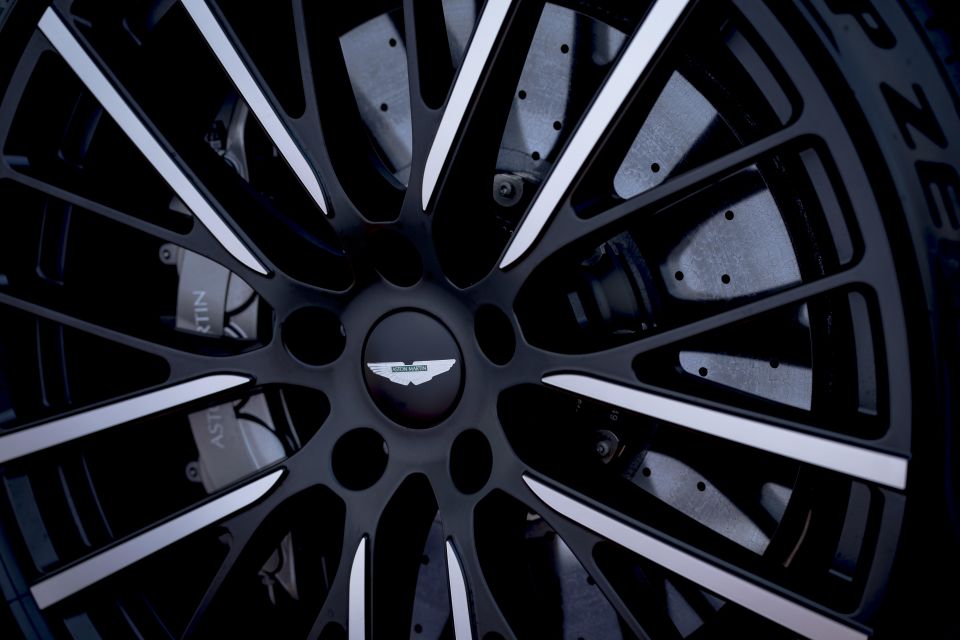
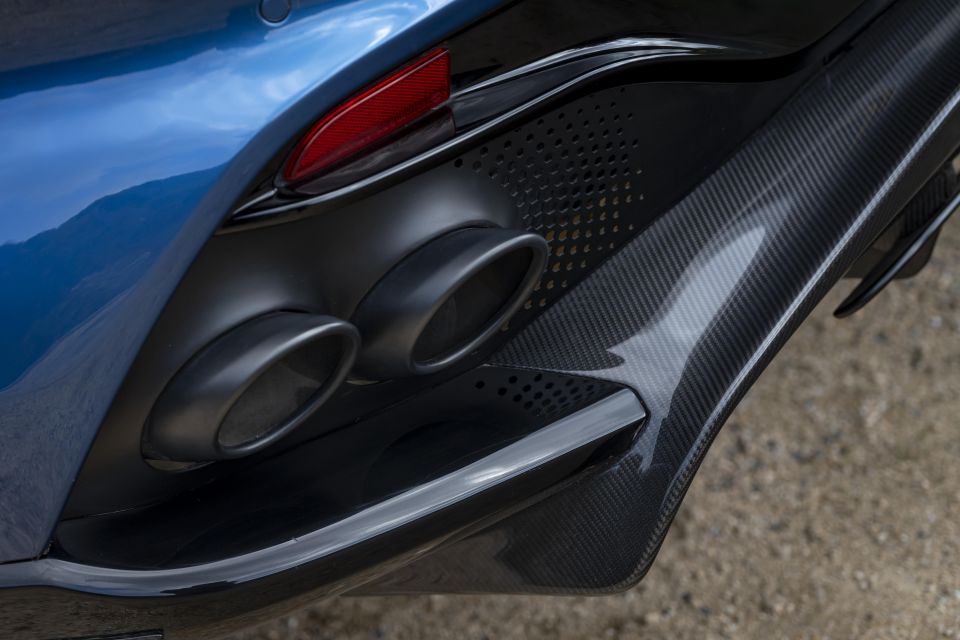
Buy your new car without the stress. It's fast, simple and completely free.

Great service from Travis and team, second time I have used this business would not hesitate to recommend them to anyone
Craig C.
Purchased a Ford Ranger in Sunshine Coast, QLD
CarExpert helped Craig save thousands on his Ford Ranger, now let us save you on your next new car.
Find a dealDBX707 highlights (over DBX):
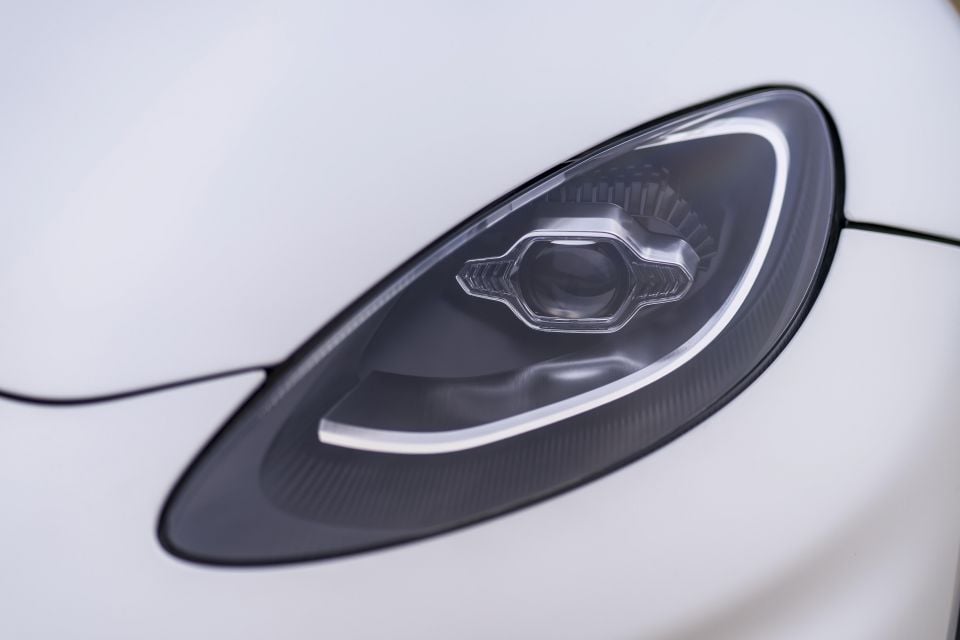
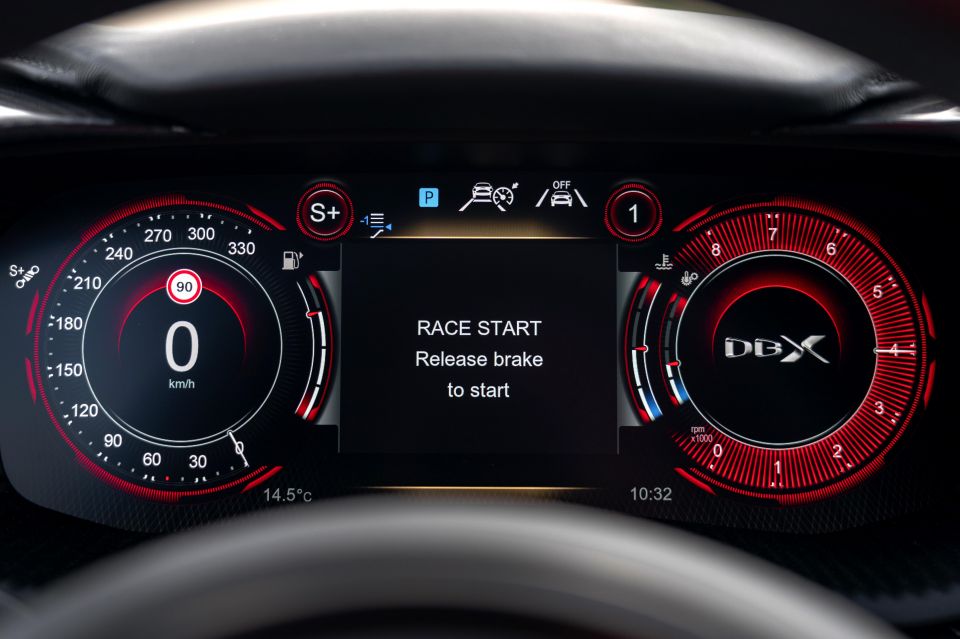
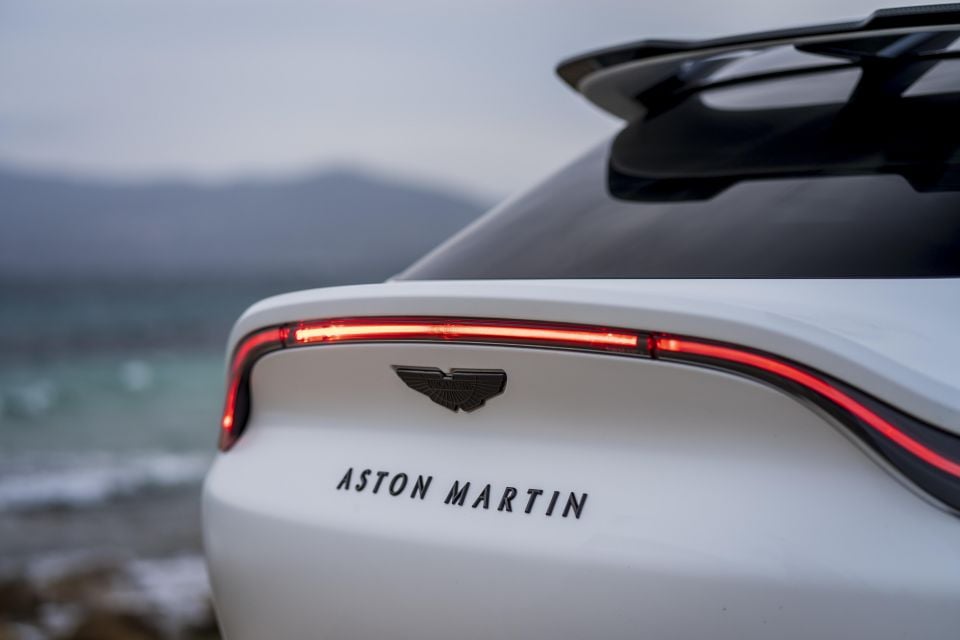
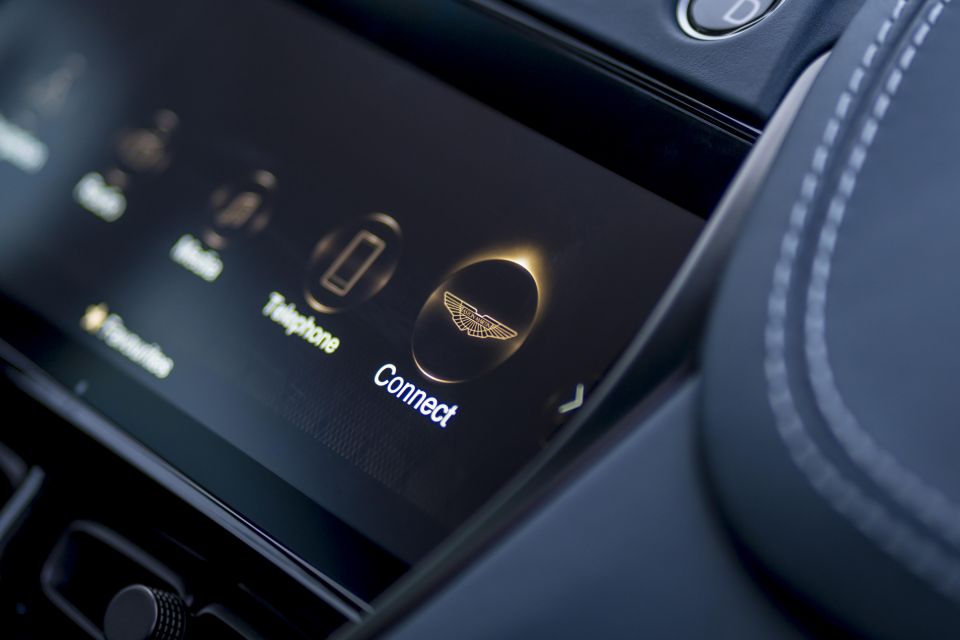
Other highlights include:
As you’d expect of a boutique product, there’s a vast array of options to further personalise your DBX707 – from paint finishes to interior trimmings, equipment upgrades and accessories like luggage and umbrellas.
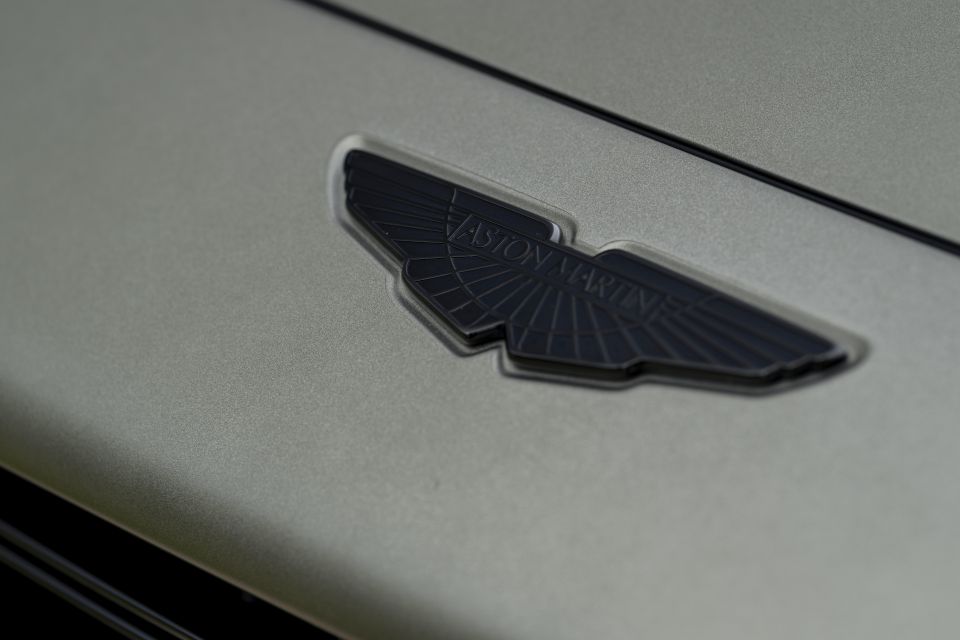
Despite the absence of an ANCAP or EuroNCAP safety rating given the high cost of crash testing such a high-priced vehicle, the DBX707 is equipped with the following safety features:
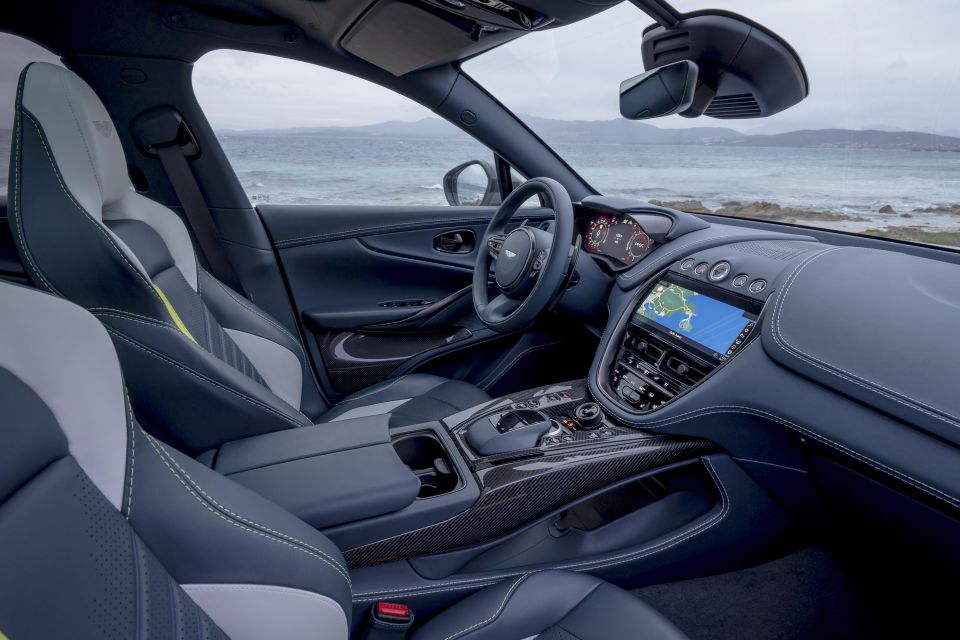
In typical ultra-luxury fashion it was hard to know what was standard and what was optional in the press cars we were assigned at the launch event. Suffice to say our DBX707 was beautifully finished with lashings of carbon-fibre, hand-stitched leather, and a bronze metal mesh veneer.
The standard-fit Sports seats (Comfort seats are a no-cost option) are superb for the level of comfort and lateral support they provide, regardless of the kind of driving you’re doing.
It’s the multiple layers of cushioning throughout the entire seat and seatback that make them feel more like your favourite armchair rather than something capable of supporting you in an all-out attack of the twisties in these parts. Brilliant.
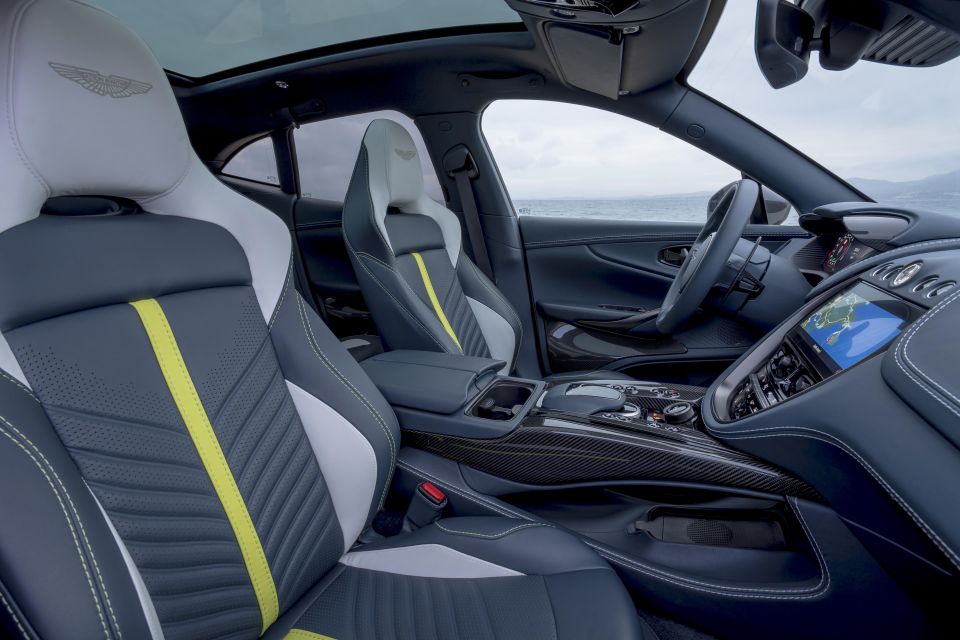

The round, hand-stitched steering wheel is a treat in this age of silly flat-bottom versions. The leather is soft and the thickness of the rim is spot on.
Otherwise it’s pretty much standard DBX fare, except of course for the all-new lower console (in glossy carbon-fibre in our car) complete with a more convenient rotary dial for switching drive modes or giving it a tap on the head to engage Manual mode – the good type that holds the gear without upshifting automatically.
It’s flanked by a series of shortcut buttons (real buttons) including an active exhaust switch that opens the valves up on the new quad tailpipes without the need to select Sport setting. We can thank Aston owners as well as the press gallery for that and the soft-close doors on the DBX707.
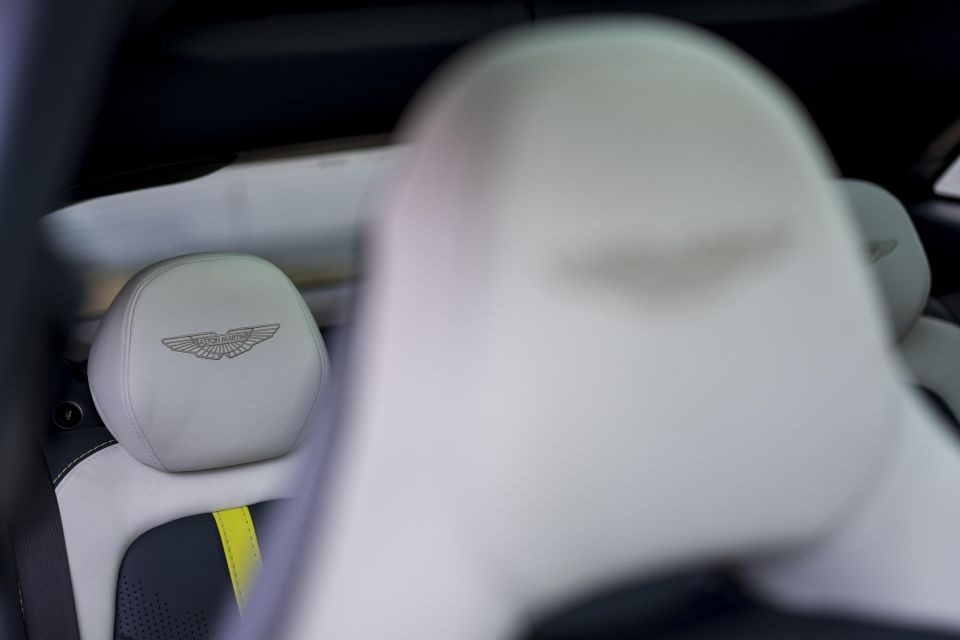
While we don’t have any issues with the central screen size-wise, there’s still no touchscreen, meaning you’ve got to rely on the trackpad which isn’t always easy on the move. Hopefully it can be upgraded to the current Mercedes-Benz iteration, in the same way the engineering team have been able to unleash the performance gains from the Mercedes-AMG-derived powertrain.
Interior space is what you might expect of a 5.0-metre-long SUV with room enough for five adults, though two passengers in the 40:20:40 split-folding rear-seat accommodation is a far more comfortable place to be.
Rear-seat leg room is comfortable unless the driver is over 1.9m, then it could get a bit tight back there. Boot space, on the other hand, is a plentiful 638 litres behind the second row with a practical load height and a wide aperture.
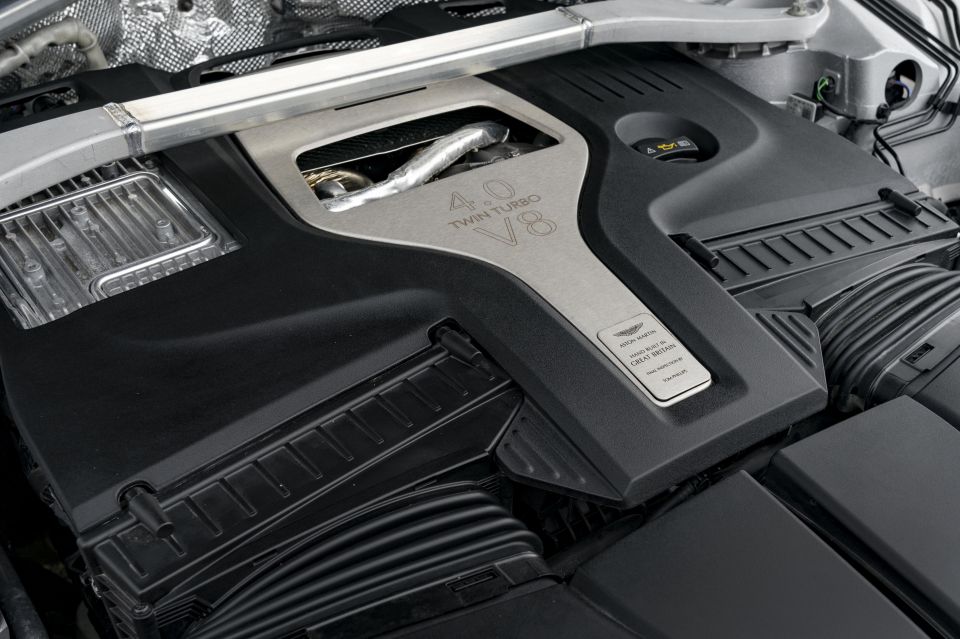
There’s not much to see when you pop the bonnet of the DBX707 besides the hand-built build plate, but lurking under all the plastic sits one of the most powerful V8’s ever produced.
It’s a 4.0-litre bi-turbo V8 powerhouse making 520kW (707PS, 697bhp) of power at 6000rpm and a ground-shaking 900Nm of torque from 4500rpm, delivered through a new nine-speed wet-clutch automatic transmission.
To give that some proper perspective, you’ve got to look at the most powerful engine version of that engine that sits in the $796,777 Mercedes-AMG GT Black Series which develops 537kW and 800Nm from the same 4.0-litre displacement – a tad more power but down 100Nm of twist on the Aston.
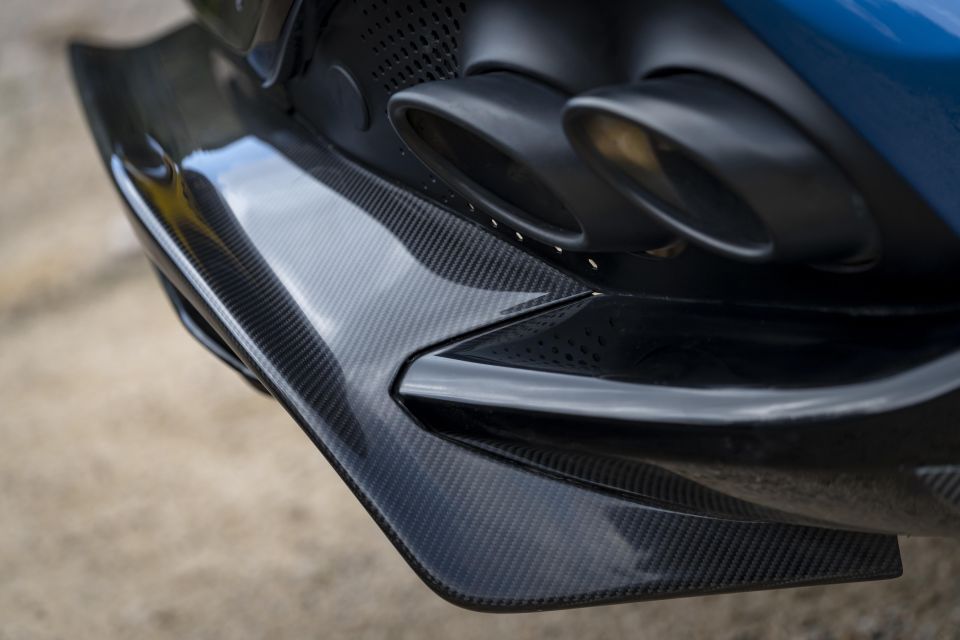
As far as rivals go, the Bentley Bentayga only gets 467kW from its 6.0-litre twin-turbo W12 monster of an engine while making the same 900Nm of torque.
Even the Lamborghini Urus can only muster 478kW/850Nm from the same base powertrain as its Porsche Cayenne Turbo GT Coupe cousin – which itself offers 471kW/850Nm.
Aston’s engineers moved to the outer fringes of the proverbial envelope to realise the full potential of the DBX707 while still retaining the required level of refinement expected of this storied marque.

The opportunity to put the world’s most powerful SUV through its paces on some of the best and loneliest roads on the Island of Sardinia was an offer too good to refuse, especially in what was a typical Bond movie setting.
Sardinia is the second largest Island in the Mediterranean after Sicily and I’d been there once before to drive the 991 Porsche Speedster, so I knew how spectacular the terrain was and how addictive the roads are.
Then again, the DBX is still a big, heavy SUV, and the roads in this part of Italy tend to be a bit narrow and very, very twisty. It’s just a heads-up given the Aston’s 2045kg kerb weight combined with its 5039mm length and 2220mm width would normally make it a handful in such conditions.
Not so with the DBX707. This is a different kind of DBX entirely.
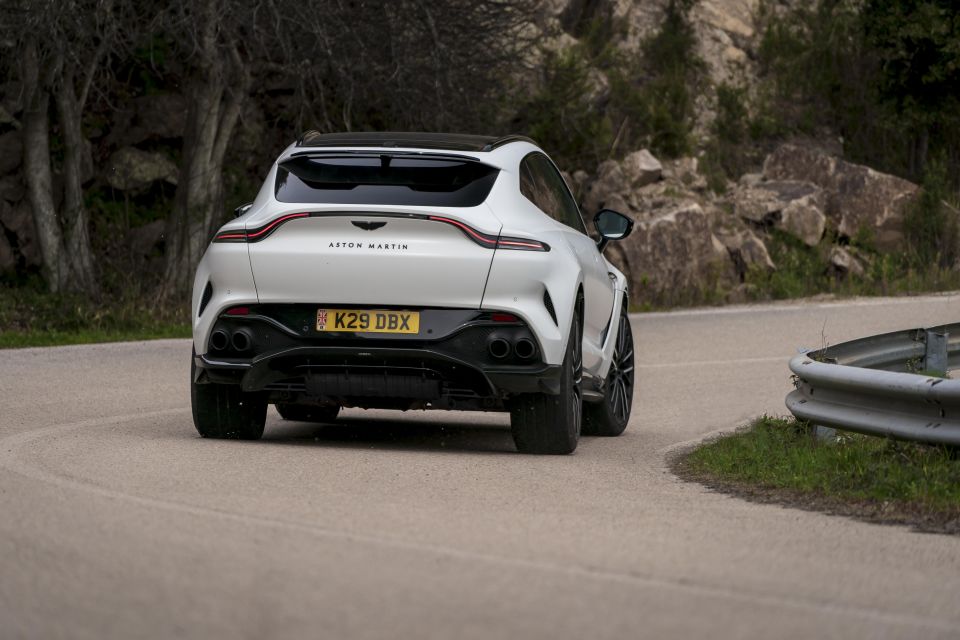
Where expert car reviews meet expert car buying – CarExpert gives you trusted advice, personalised service and real savings on your next new car.
It feels light on its feet while offering the driver all the feedback he or she needs to enjoy pushing this family-friendly high rider to the limit with zero nasty side effects to contend with. You just keep pushing even harder until you’re overcome with motion sickness – at least on the way back as a passenger.
Even before the assent up into the highest parts of the Island, we had a chance to wind it up and pin it on the gun-barrel sections to test the Aston’s straight-line mettle.
At first, we thought, ok, it doesn’t feel as quick as the numbers say from the get-go, but that’s because the DBX707 is torque-limited in the lower gear ratios. Once it shifts into third and all 900Nm are unleashed and suddenly you’re thinking: “OK, this is bloody quick”.
I’m not sure I’m supposed to reveal the fact that after a relatively quick prod of the throttle we saw 239km/h and there was plenty of travel left in the right pedal, let me tell you. It felt completely unshackled and ready for a 310km/h V-Max run, but I guess we’ll save that for the Autobahn.
You best hit the exhaust button before you give the DBX707 any real beans, because the engine note is an angry, motorsport sound when all the valves are open. The perfect backing track for the isolated terrain around there.
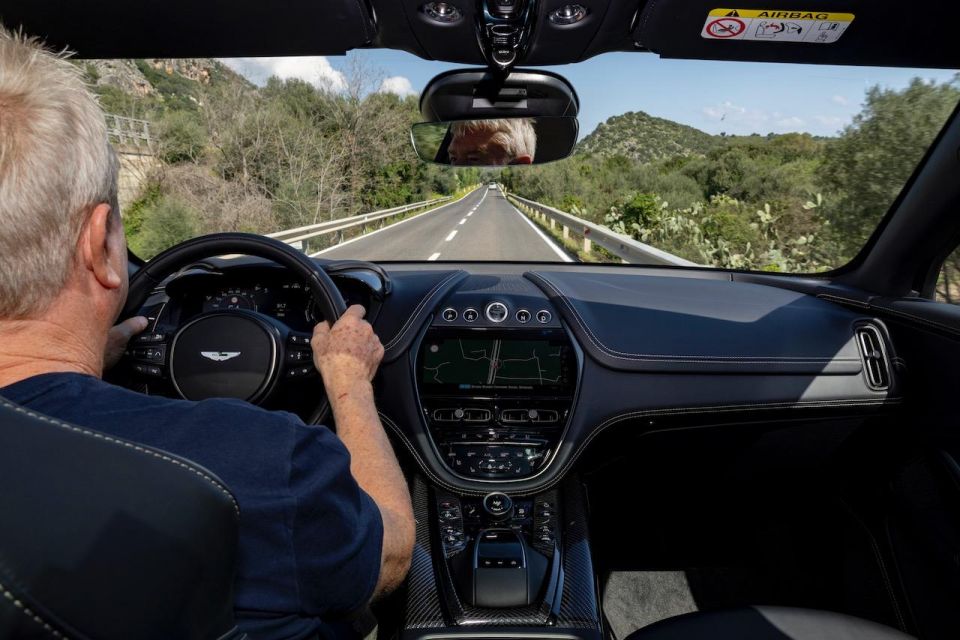
It’s not just the sheer ferocity with which it accelerates, it’s also the refinement of the engine that you notice even as revs build and how easy everything spins up – literally.
The DBX707 uses lightly larger turbos with ball-bearing technology over the standard journal bearings, which accounts for the quicker response and less friction. There’s plenty of boost, but the delivery is just so linear, and trust me, you can feel the difference from the driver’s seat almost immediately in the same way you’re aware of the faster gear shifts thanks to the new ‘wet-clutch’ transmission.
Most of the time, even when you’re really ‘on it’, you’re better off leaving it in Sport+ as it will still drop three gears in rapid-fire-style before you have time to pull a paddle. It’s only when the corner radius tightens suddenly that you might be compelled to use the manual mode, which thankfully, won’t auto-shift up like it used to.
There’s brute power at play here but there’s also a level of precision to all the major controls. And all of it seems to work together seamlessly.
The steering is nicely weighted, quick too, but not too quick as to feel nervous as you negotiate bend after bend in these parts. It’s 2.6 turns lock-to-lock, but honestly, it feels even quicker on the run and no unnecessary arm twirling here.
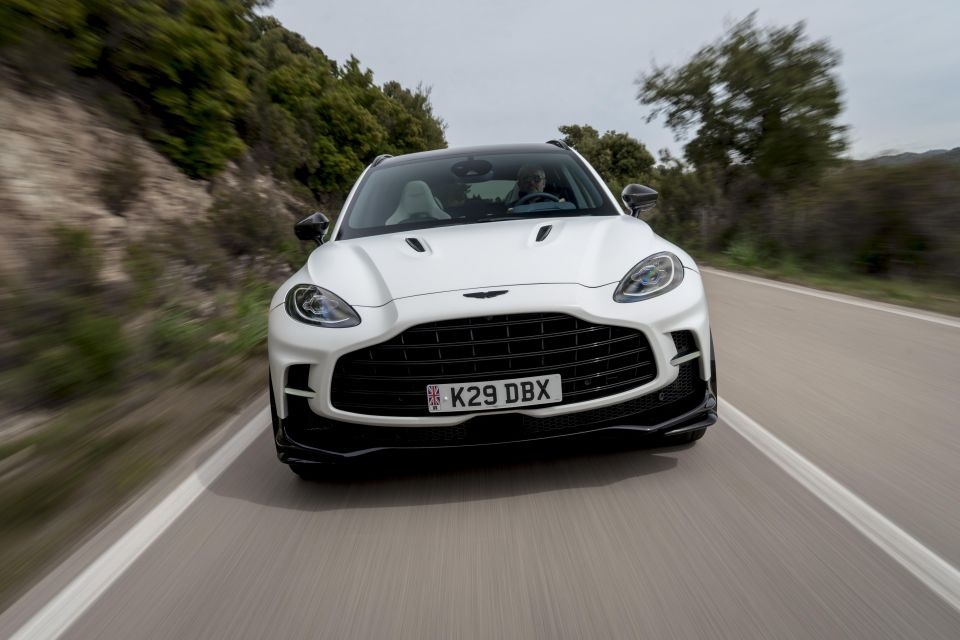
You keep upping the cornering pace, not because of heroics, mind, but because the DBX707 is so beautifully balanced. The rear end just seems to rotate perfectly, to the point you naturally want to get on the throttle early and relish in the fact you’re able to really drive it hard out of each corner despite the tight radius’.
Some of that will be down to the new e-diff, beefed up to handle the full 900Nm of twist. It’s immense, but again, the chassis never feels overwhelmed. In fact, I reckon it can handle at least 30 per cent more, if it were to add hybrid power to the equation – just saying.
I don’t recall any turbo lag over 300km behind the wheel, at least none that I could pinpoint, but then again the pace overall was furious and only subsided when we made a scheduled driver swap.
The optional 23-inch wheels shod with bespoke Pirelli P Zero rubber offer extraordinary levels of grip on turn-in. Michelin PS4S might be my favourite tyre at the moment, but I take my hat off to these tyres.
While I was keen to lean hard on the carbon-ceramic brakes with some late braking, there wasn’t the opportunity on these fast-flowing twisties. The handling, directional changes and the precision with which you can respond to constantly changing loads allows the driver to get into a wonderful groove.
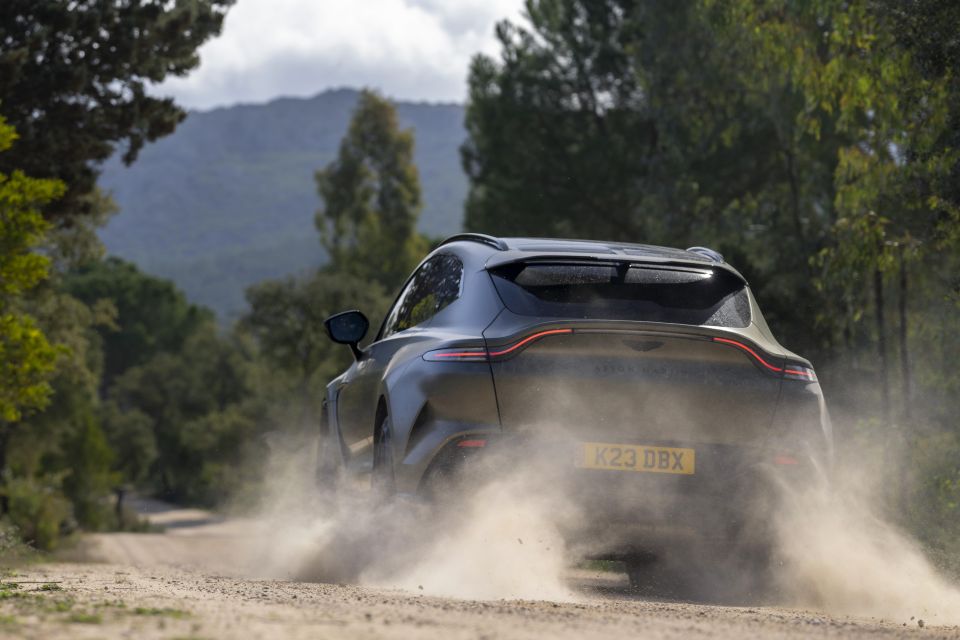
That said, I would truly love to get the this thing on an early morning Autobahn run and really experience the full breadth of this engine high up in the rev range.
If I thought the standard DBX could be a tad sharp in the ride department even in its most comfortable setting, I was worried the hardcore version might be even firmer.
Remarkably not. In fact, it’s better than I could ever imagine given its outstanding body control and poise when pushed hard. There’s more compliance and no more hard hits over broken road and edges.
It still uses the triple-volume air chambers from the regular DBX, but the 707 gets new dampers and calibration. I can’t say there’s a noticeable change in compliance between the default GT setting and Sport+, because it’s already so well sorted in that regard.
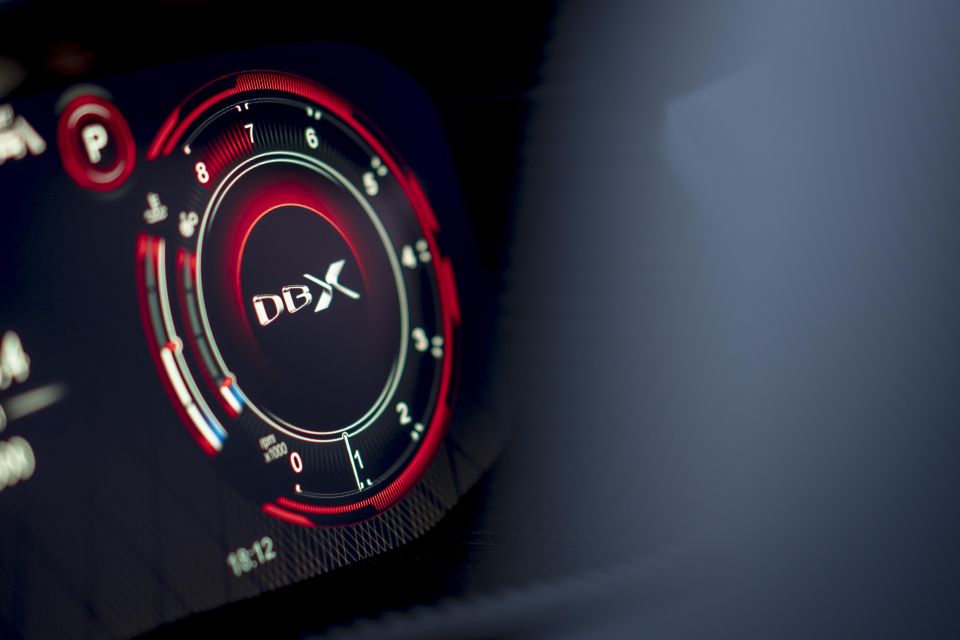
The DBX707 is covered by Aston Martin’s standard three-year, unlimited kilometre warranty along with three-years roadside assist.
Service charges will vary with dealer but with the standard 12-month scheduled service it will likely be similar to the cost of servicing the regular DBX V8 which is between $1700-1900 per visit.
Aston Martin claims 14.2L/100km combined fuel consumption on premium 98 RON petrol using the WLTP standard.
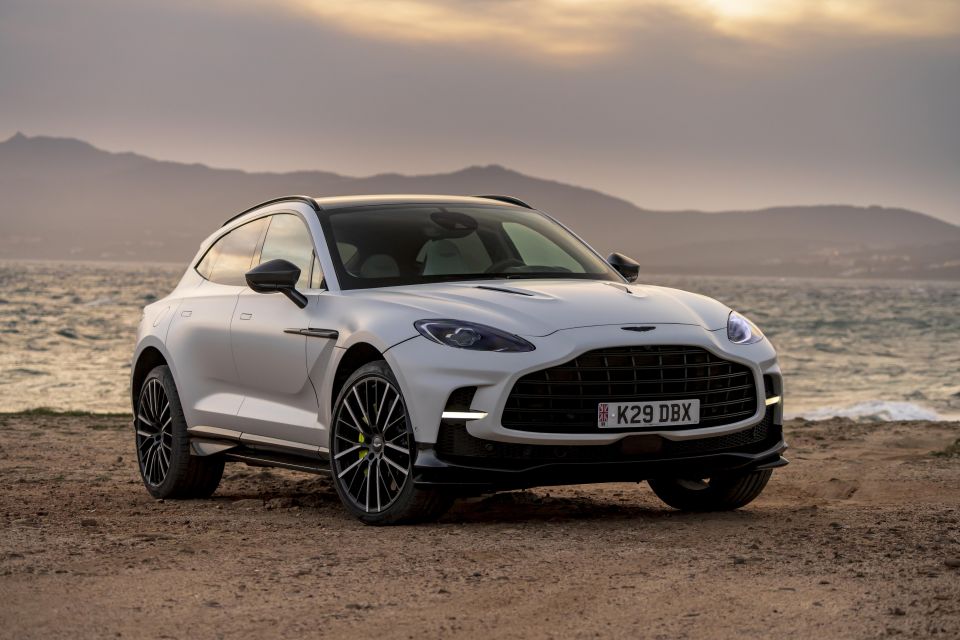
Aston Martin might be a relatively small player in the luxury SUV game, but there’s no question it has produced the segment benchmark with the DBX707.
This is a remarkable SUV for its ability to perform at the top level across so many metrics from outright pace to supercar-like handling in the most challenging of corner work. Not to mention the luxurious cabin and materials on show.
There are no engineering shortcomings from where I sit. This is the most complete performance luxury SUV today and one that delivers on the whole gamut of performance and luxury.
Yes, the infotainment falls way short of the German makes, but it’s good enough as to not dull the experience behind the wheel.
The DBX707 is a straight-up engineering triumph with public school bruiser looks to match its on-road ferocity. It’s also bound to wow anyone who gets to drive it.
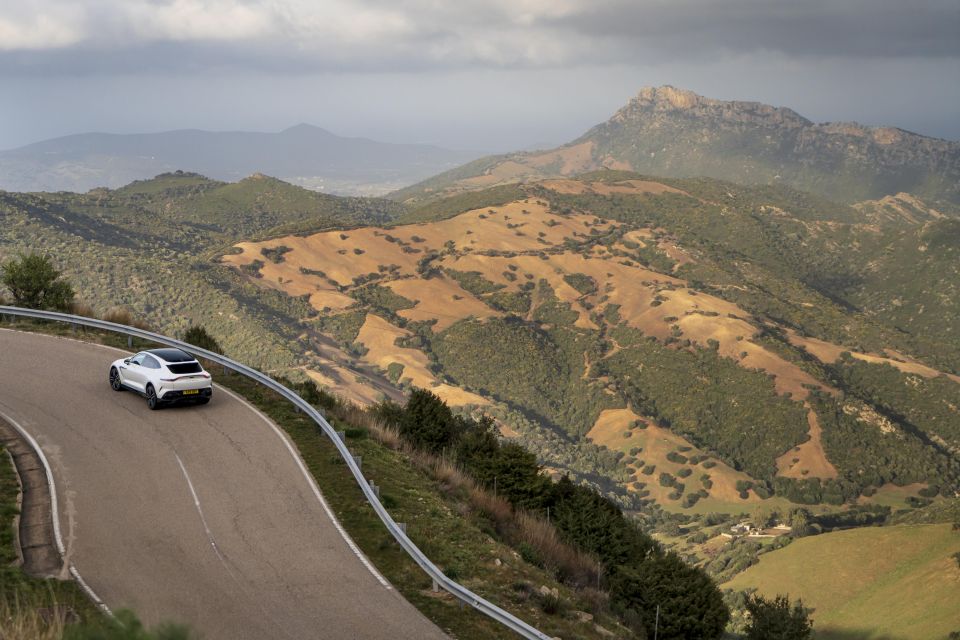
Click the images for the full gallery
Where expert car reviews meet expert car buying – CarExpert gives you trusted advice, personalised service and real savings on your next new car.
Anthony Crawford is a CarExpert co-founder and senior presenter with 20+years in automotive journalism and content creation.


Max Davies
2 Hours Ago


William Stopford
18 Hours Ago


Ben Zachariah
19 Hours Ago


Derek Fung
20 Hours Ago


Matt Campbell
1 Day Ago


William Stopford
2 Days Ago